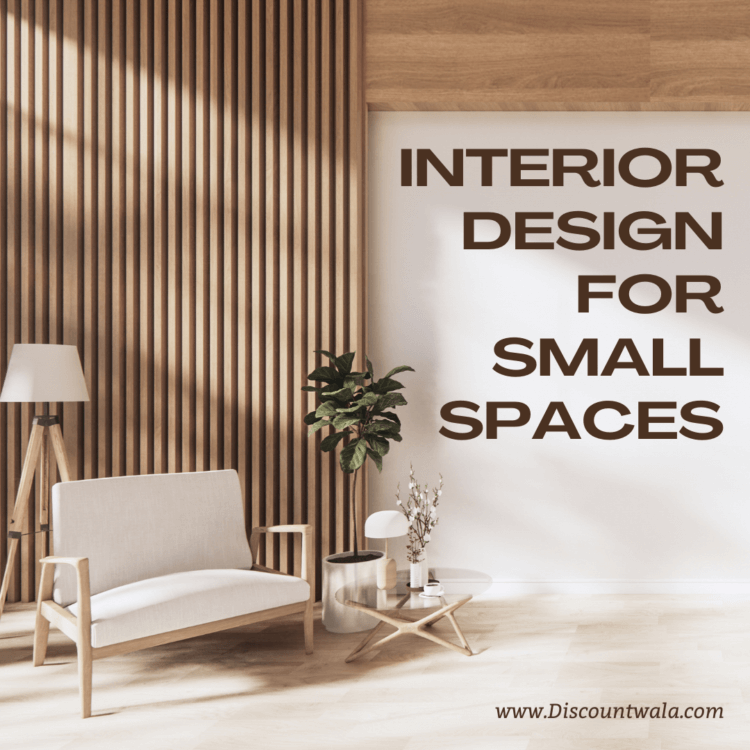Living in a compact space doesn’t mean sacrificing style and functionality. In fact, small spaces present a unique opportunity for creative and efficient interior design. In this blog, we’ll explore innovative strategies and tips to transform tiny quarters into stylish, comfortable havens that make the most of every square inch.
Embrace Light Colors and Mirrors:
Light colors have a magical way of making a space feel larger and more open. Opt for soft, neutral tones for walls and furnishings to create an airy and spacious atmosphere. Mirrors also play a key role in reflecting light and visually expanding a room. Consider incorporating mirrors in strategic locations to enhance natural light and give the illusion of added square footage.
Multi-Functional Furniture:
In small spaces, every piece of furniture should serve more than one purpose. Explore the world of multi-functional furniture, such as sofa beds, foldable tables, and ottomans with hidden storage. This not only maximizes the utility of each item but also helps declutter the space, making it feel more open and organized.
Smart Storage Solutions:
Effective storage is the cornerstone of successful small space design. Invest in furniture with built-in storage, utilize wall-mounted shelves, and make the most of under-bed storage solutions. Vertical storage options, like tall bookshelves and cabinets, help draw the eye upward, creating an illusion of height and spaciousness.
Strategic Furniture Placement:
Carefully consider the layout of your furniture to optimize the available space. Avoid blocking natural pathways, and opt for furniture with exposed legs to create a sense of openness. Place larger furniture against the walls to free up the center of the room, enhancing the flow and making the space appear larger.
Scale Down Decor:
When decorating a small space, it’s crucial to maintain a sense of balance. Choose appropriately scaled furniture and decor to prevent the room from feeling overcrowded. A few well-chosen, statement pieces can have more impact than a collection of smaller items, creating a cohesive and visually pleasing environment.
Create Visual Continuity:
Maintain a sense of continuity by using a consistent color palette and style throughout the space. This creates a cohesive look that ties everything together, making the room feel more harmonious and less cluttered. Consider using similar materials and textures to enhance visual flow.
Innovative Lighting:
Lighting plays a crucial role in setting the mood and visually expanding a small space. Opt for ambient lighting to create a warm and inviting atmosphere. Additionally, consider wall sconces and pendant lights to save floor space and add a touch of sophistication.
Utilize Vertical Space:
Small spaces often have untapped vertical potential. Take advantage of wall space for hanging storage, artwork, or decorative elements. Floor-to-ceiling shelving or tall bookcases draw the eye upward, emphasizing height and creating an illusion of grandeur.
Conclusion:
Designing a small space is not about limitations; it’s an opportunity to showcase creativity and practicality. By embracing light colors, investing in multi-functional furniture, and maximizing storage solutions, you can transform even the tiniest room into a stylish and functional retreat. Small space living doesn’t mean sacrificing style – it’s about reimagining your environment and creating a space that reflects your personality and meets your needs, no matter the square footage.










No Comments
Leave Comment